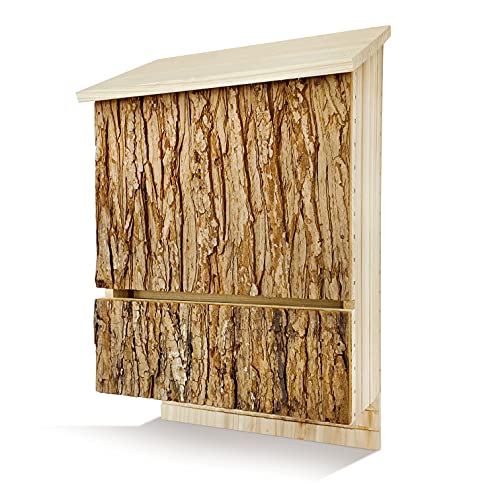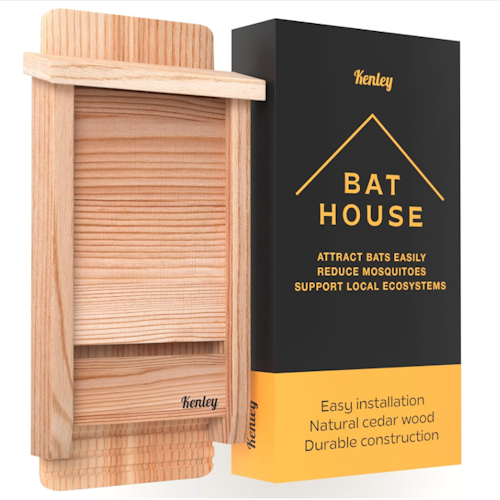Bats are a 'silent signal' there's a healthy ecosystem in your yard, says biology professor – he explains why these nocturnal mammals are key biodiversity indicators
You'll want to attract bats to your yard after reading this expert's insights
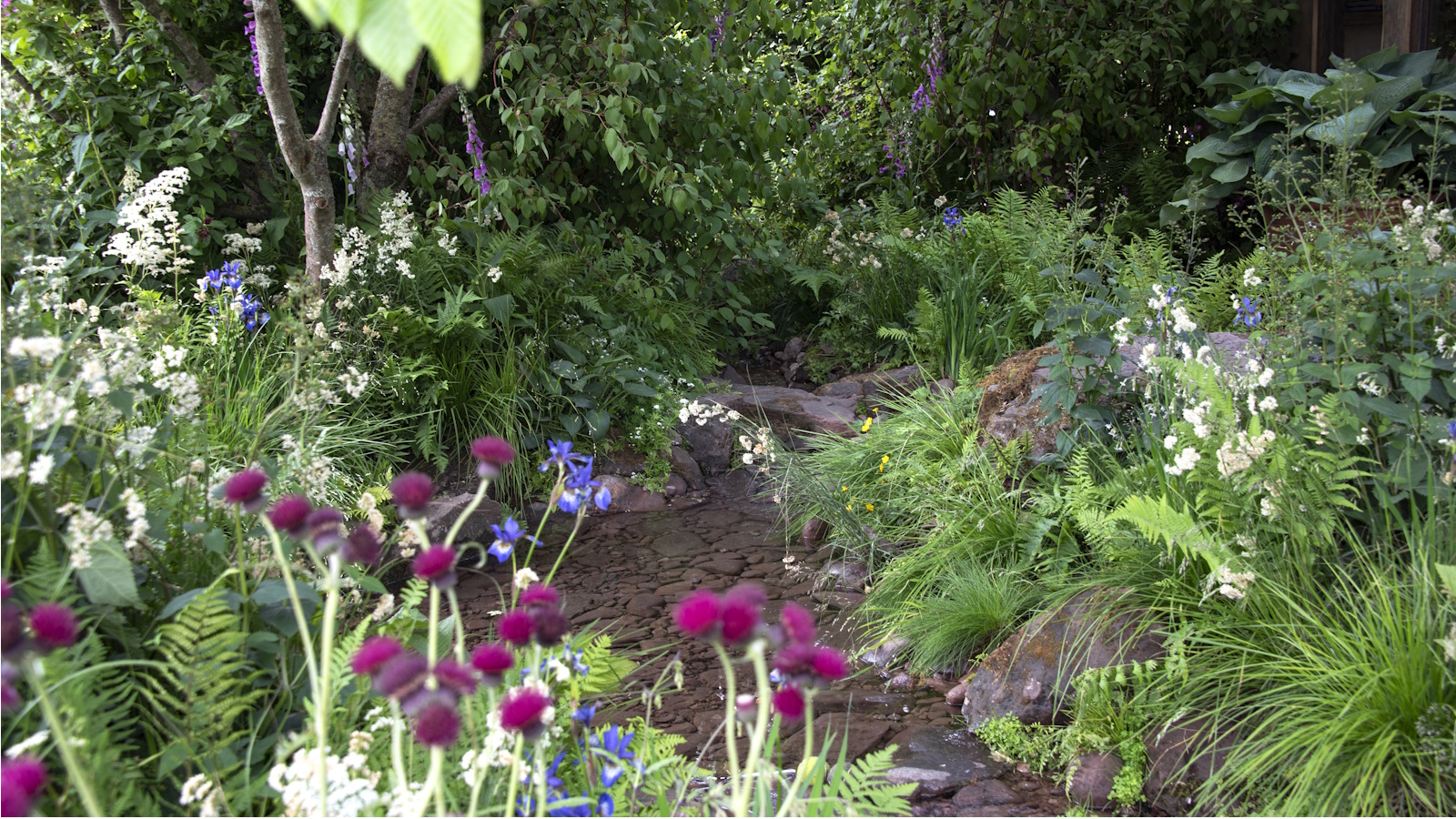

Bats are extraordinary animals that certainly divide opinion. Its true that many find their nocturnal habit and unique appearance a little disconcerting, but experts say spotting them in your yard should actually be taken as a positive sign.
This is because bats are an indicator of a healthy ecosystem, which is why so many gardeners make the effort to attract bats into the backyard. 'Having spent several years studying bat populations in both urban and wild landscapes, I’ve come to see their importance as an early indicator of ecological balance and not the frightening, rabies-infested, shape-shifting vampires that many think they are,' says Dr Bobby Fokidis, professor of biology at Rollins College.
So, if you're wondering what having bats in the yard means, you can be pleased to know it indicates the biodiversity in your outdoor space is thriving. Here, Bobby explains why bats are seen as vital indicators of the state of the local ecosystem, including what a lack of bats means – we guarantee you'll be left wanting to install a bat house.
What do bats in the yard indicate?
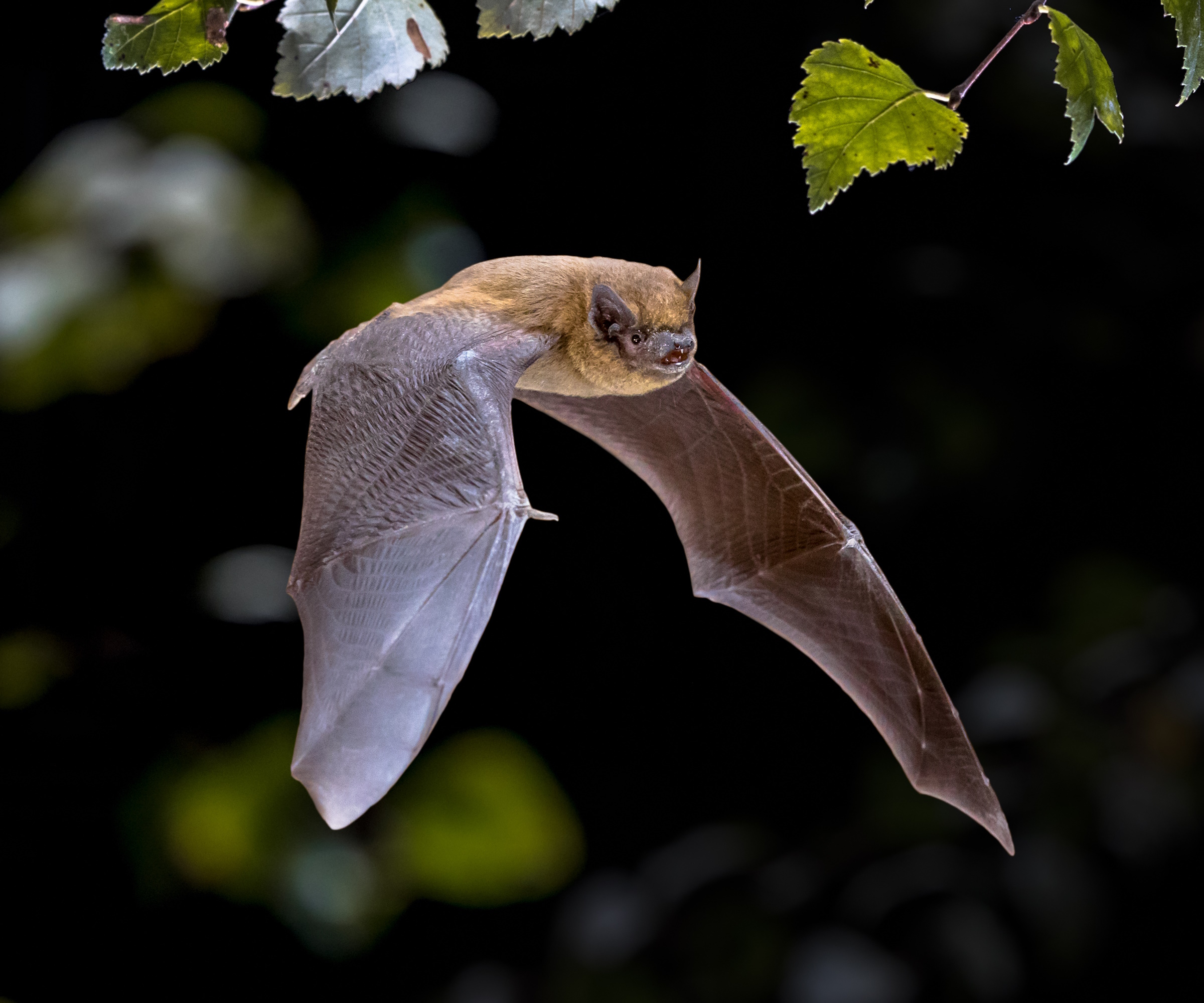
The reason bats are thought to be indicators of a happy and healthy ecosystem is because a specific environment needs to be in place in order for a bat population to be present.
Bobby explains: 'A healthy bat population needs three things. The first is clean water as they are prone to dehydration due to their high metabolism, lack of insulation, and their tendency to lose water through evaporation easily because of their thin wings.
'Water quality has been shown to be a primary predictor of bat distributions and species abundance,' he adds.
Having water sources in the yard, such as a bird bath or garden pond, is therefore likely to encourage bats to the yard. Not only this, but Bobby notes water brings the second element bats need: 'abundant insects – especially flying ones like everyone’s favorite, the mosquito.
Design expertise in your inbox – from inspiring decorating ideas and beautiful celebrity homes to practical gardening advice and shopping round-ups.
'Most bat species in North America are insectivorous, meaning they consume, for some species, up to 1200 flying insects an hour.
'These rates make bats an important part of the food chain as they regulate insect populations, particularly the insects that come out at night and are not preyed upon by the day shift animals, like birds,' Bobby explains.
This is good news is you're trying to find natural ways to get rid of large populations of mosquitoes, including using scents that deter mosquitoes.
'Finally, during the day bats must have a safe and dark roost, like a cavity in a dead tree, an old barn, or your attic. A healthy ecosystem should have such hiding places in abundance,' Bobby says.
Of course, it's not necessarily ideal to have bats reside in your attic, but there are plenty of ways to get rid of bats in a house naturally that still support these mammals, including the all important bat houses (like this one from Amazon). This provides bats with safe shelter during the day.
Essentially, what having bats in the yard mean is that all these elements are in place and are contributing to a functioning ecosystem that supports biodiversity.
Bats are sensitive to environmental changes
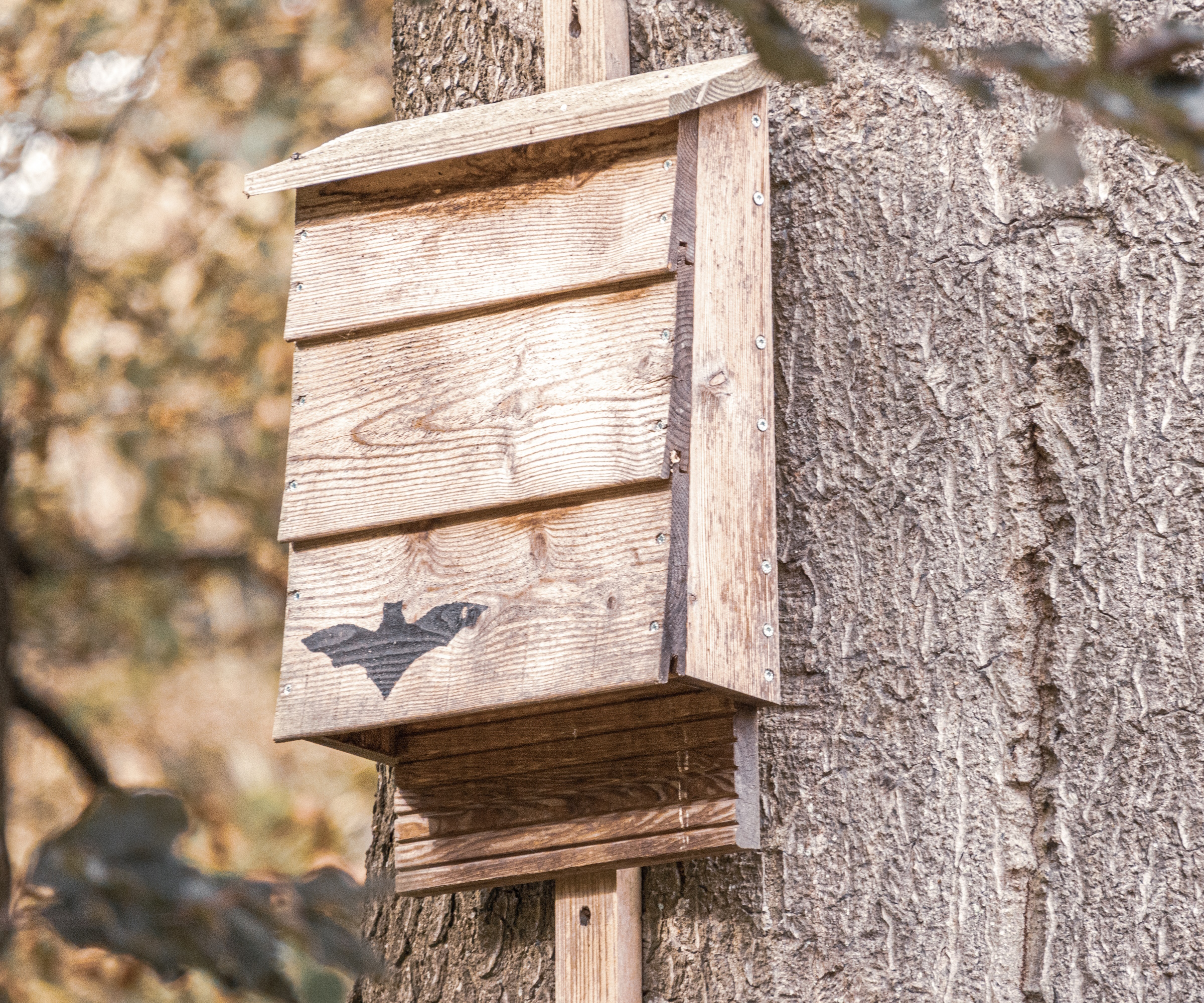
While the presence of these three key elements will encourage bats, Bobby notes certain changes in the environment is likely to send bats the other way.
'Overusing pesticides, loss of hidden habitats, low water quality, and other factors will keep bats aways,' he explains.
Not only this, but human activity can also be problematic:
'Bats rely on echolocation to find food, navigate, and communicate. Traffic, HVAC units, late-night construction, and backyard karaoke turns their sonar into static,' Bobby says.
Likewise, too much outdoor lighting can discourage bats from your yard: 'Many bat species are known to be photophobic (especially the rarer ones) meaning that our bright lights disrupt their hunting patterns and make them easy targets for their predators, like owls,' explains Bobby.
It's not just bats that are put off by these things, either, many night pollinators will stay away if your yard environment is disruptive, including some moths and beetles. In turn, plants will struggle without this key pollination.
Consider using garden lights with a timer, so they turn off late at night when bats are most active. You could even use this outdoor timer outlet from Amazon to ensure your lights turn off.
Of course, another conclusion to be made from a lack of bats is that food sources are scarce.
'In the US the vast majority of bats feed on insects. Many bats also consume fruits and are important in dispersing seeds in an ecosystem,' Bobby notes. 'The bottom line is if bats are present in a green space, it is a good indicator that the local food chain is intact and functioning properly,' he explains.
Pollution, habitat destruction, and climate change are all environmental changes and issues that keep bats away. For this reason, Bobby says, 'if you do have bats in your yard, take it as a silent signal your garden is thriving.'

Dr. Bobby Fokidis is a professor of biology at Rollins College in Winter Park, Florida.
FAQs
What food sources can I provide bats in my yard?
Little brown bats are the most common type of bat to be spotted in US gardens and they primarily feed on insects. So, the best way to provide them with food sources is by leaning into native planting in your yard, having water sources, and consider growing plants that bloom at night to attract night insects, like moths. In general, incorporating plants for pollinators will bring more insects to your yard for bats. You should also avoid using pesticides that will kill off insect populations.
Now you know more about what having bats in the yard means, you may feel more inclined to turn your yard into a wildlife garden. Supporting biodiversity like this is a great way to create a thriving natural environment in your outdoor space, enabling wildlife to perform their important roles for a balanced, functioning ecosystem.

Tenielle is a Gardens Content Editor at Homes & Gardens. She holds a qualification in MA Magazine Journalism and has over six years of journalistic experience. Before coming to Homes & Gardens, Tenielle was in the editorial department at the Royal Horticultural Society and worked on The Garden magazine. As our in-house houseplant expert, Tenielle writes on a range of solutions to houseplant problems, as well as other 'how to' guides, inspiring garden projects, and the latest gardening news. When she isn't writing, Tenielle can be found propagating her ever-growing collection of indoor plants, helping others overcome common houseplant pests and diseases, volunteering at a local gardening club, and attending gardening workshops, like a composting masterclass.

